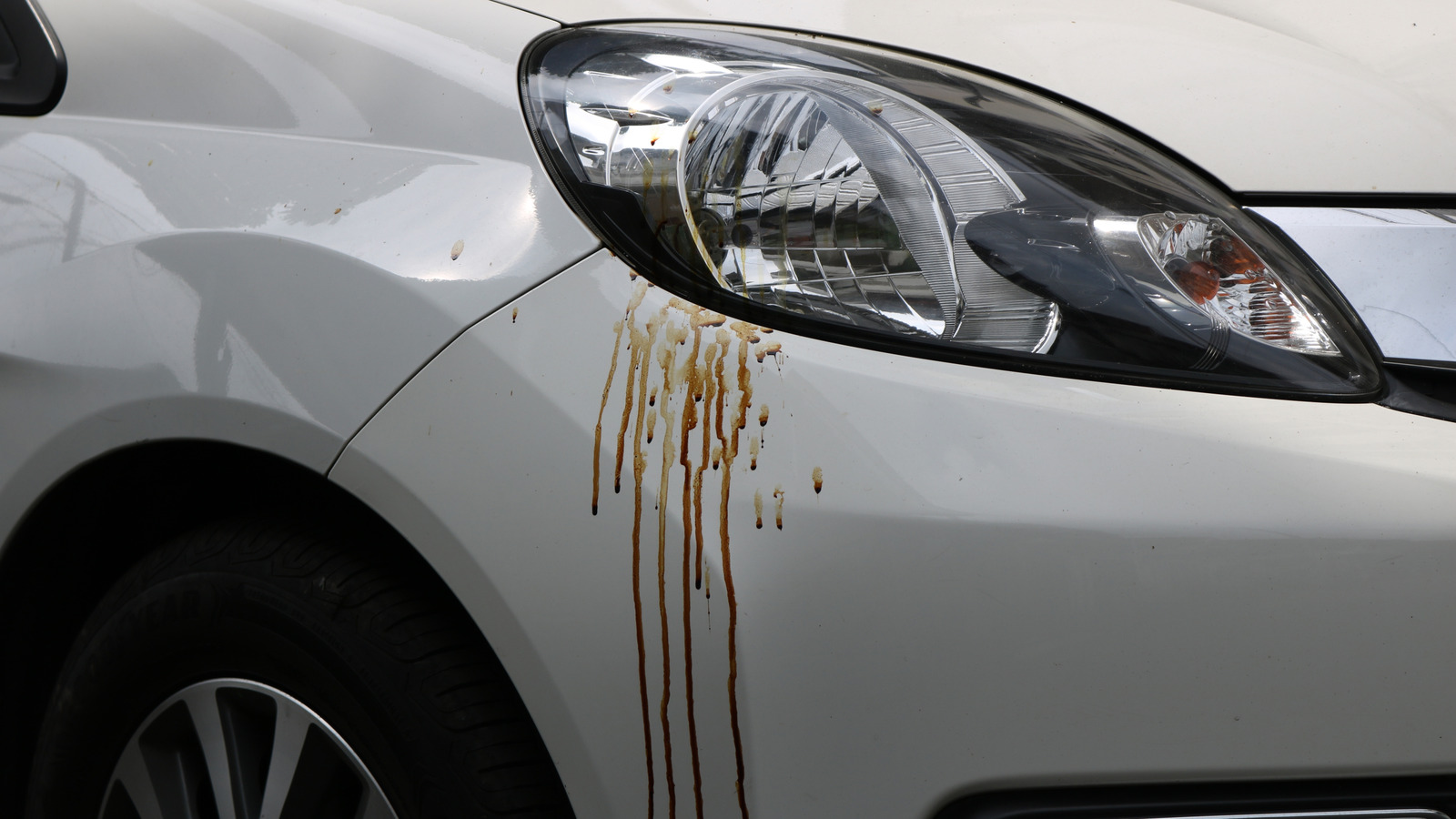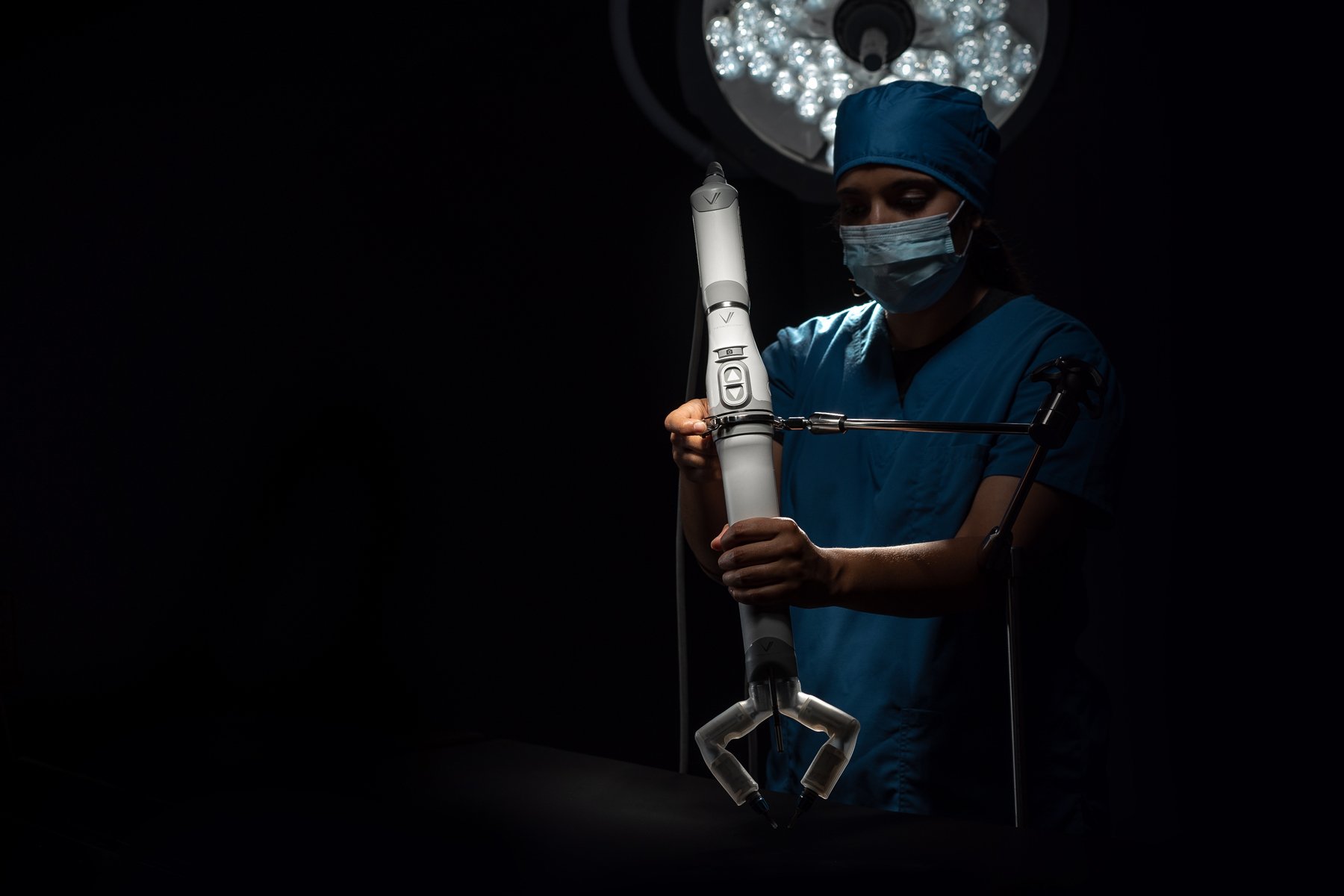Enhanced Xanthium‐Inspired ZnO for Precision Antibacterial Therapy and Regeneration of Infected Wounds
Advanced Healthcare Materials, EarlyView.

This study develops DNA-templated ZnO nanoparticles (H-ZnO) with enhanced antibacterial and wound-healing properties. H₂O₂ treatment improves colloidal stability, photocatalytic activity, and bacterial adhesion while regulating Zn2⁺ release for sustained efficacy and biosafety. The H-ZnO gel effectively treats infected wounds and accelerates healing without toxicity, demonstrating strong clinical potential for combating antibiotic-resistant infections.
Abstract
Bacterial infections significantly hinder wound healing. Despite the widespread use of antibiotics, their limited efficacy and the growing issue of drug resistance necessitate the development of new antibacterial agents with enhanced therapeutic effects and wound healing properties. We developed DNA-templated nano zinc oxide (ZnO) as an effective antibacterial wound treatment. Through systematic studies, we found both DNA nucleobases and phosphate backbone contribute to ZnO formation and stabilization. Using C20 DNA (20-base oligonucleotide) as the optimal stabilizer, we created uniformly sized ZnO nanoparticles. Subsequent interfacial modification with 15% hydrogen peroxide (H2O2) yielded H-ZnO with enhanced colloidal stability, photocatalytic activity, and bacterial adhesion. These modifications significantly increased the antibacterial properties of H-ZnO compared to ZnO, while also regulating Zn2+ release. The sustained release of Zn2+ not only enhanced the biosafety of the nanoparticles but also promoted wound healing. As a result, H-ZnO effectively promoted wound healing with reduced fibrotic response of both ordinary and bacterial-infected wounds without noticeable toxicity. The H-ZnO gel formulation demonstrated superior antibacterial activity and wound healing promotion, making it a promising candidate for clinical application in treating infected wounds.














































































































































